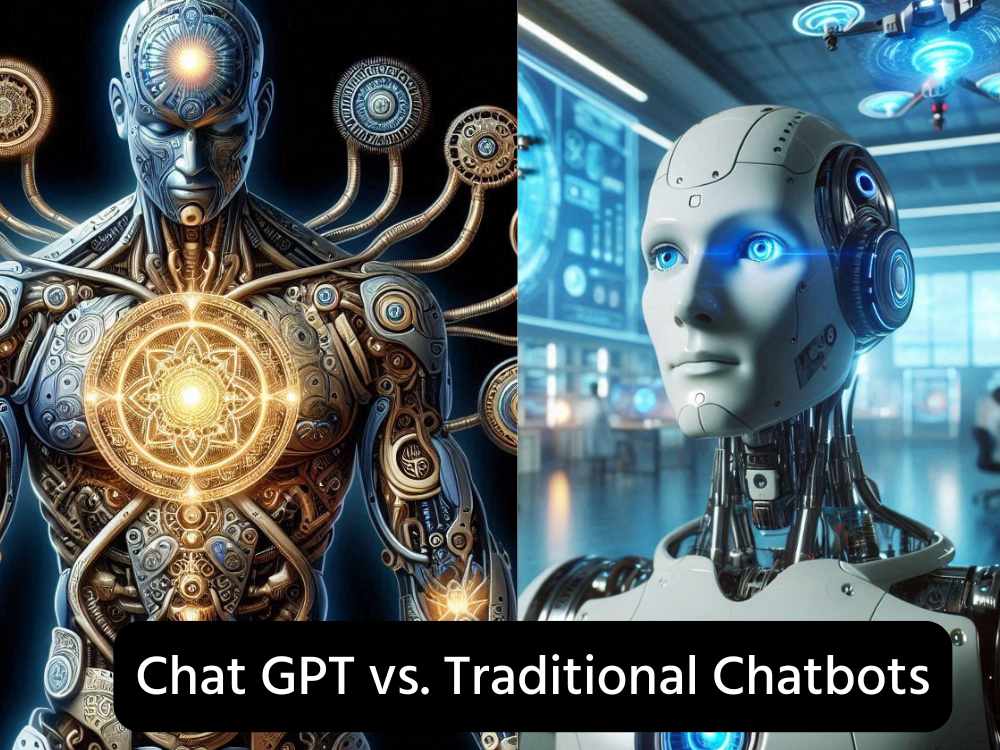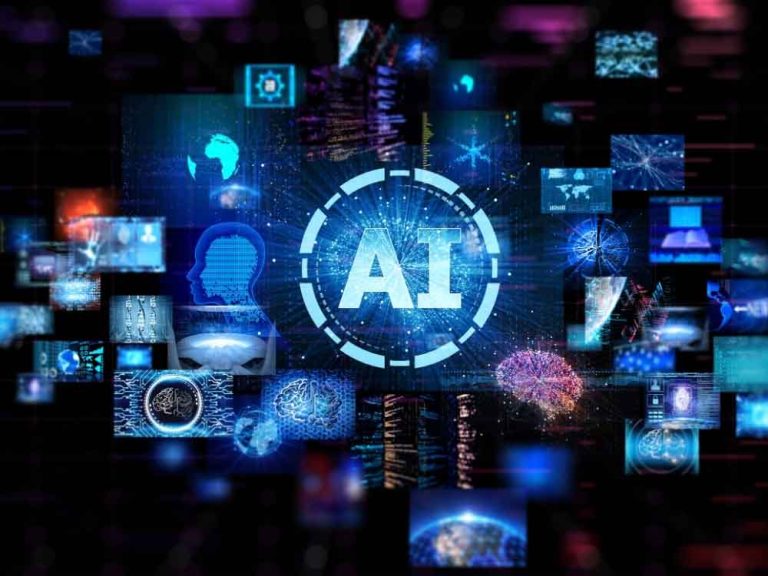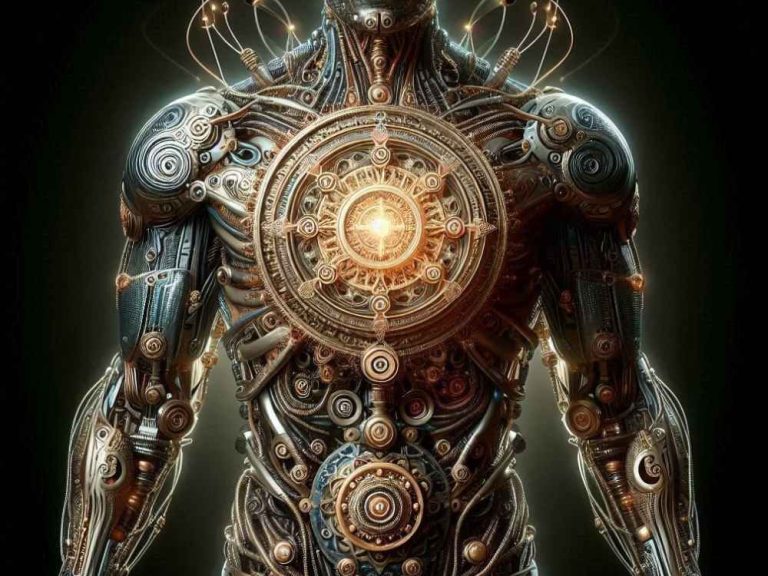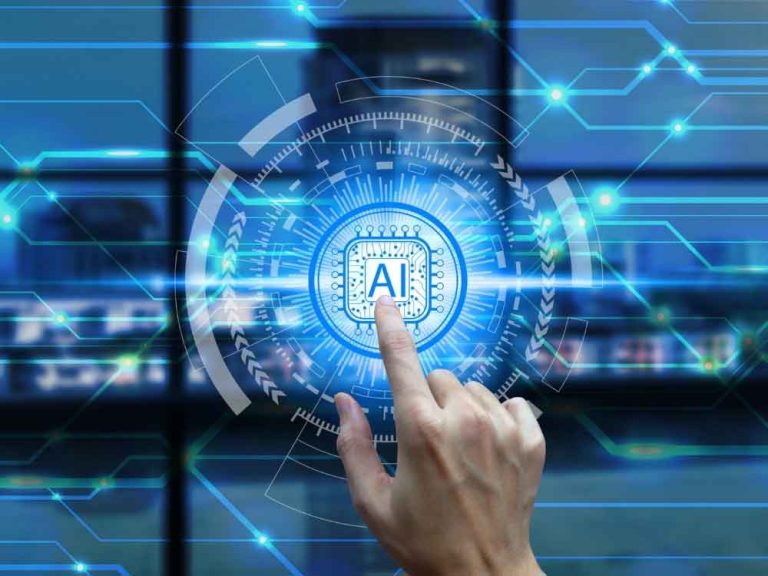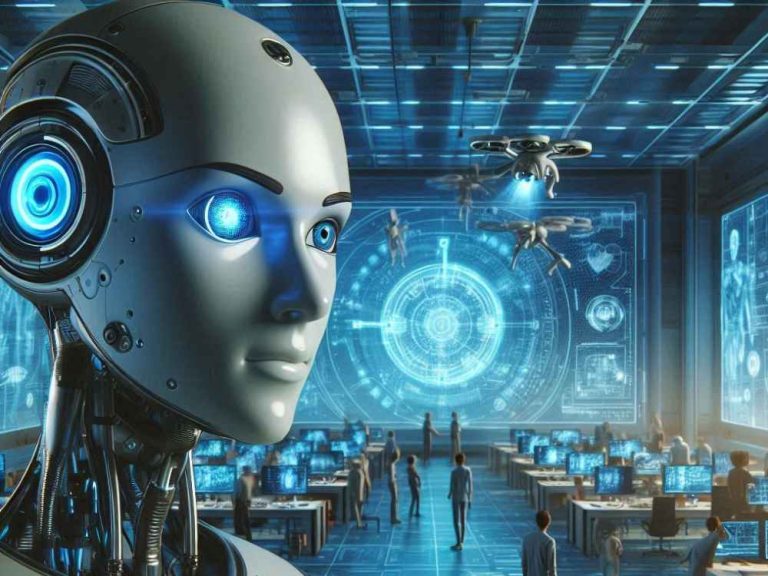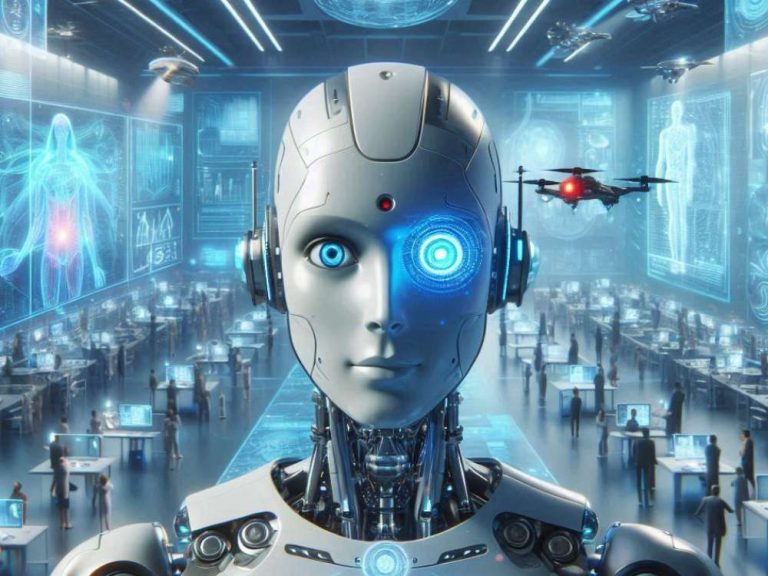Chat GPT vs. Traditional Chatbots: A Comprehensive Comparison for 2025
In today’s digital age, businesses are constantly looking for ways to improve customer interactions. Traditional chatbots often miss the mark, providing responses that feel stiff and robotic.
Imagine reaching out for help and getting the same repetitive, unhelpful replies. It’s frustrating and can leave a bad impression of the brand.
Enter Chat GPT, a breath of fresh air in the world of AI. With its natural, engaging conversations, Chat GPT is set to transform how we interact with technology. Let’s dive into how it stacks up against traditional chatbots and what exciting changes lie ahead.
Understanding the Basics
Traditional Chatbots: Traditional chatbots are rule-based systems that follow predefined scripts to interact with users. They are designed to handle specific tasks and respond to particular keywords or phrases. These chatbots are often used for customer service, where they can answer frequently asked questions, guide users through processes, and provide basic support.
Chat GPT: Chat GPT, on the other hand, is a type of conversational AI developed by OpenAI. It leverages the power of the GPT-4 architecture, which uses deep learning to understand and generate human-like text. Unlike traditional chatbots, Chat GPT can engage in more natural and dynamic conversations, making it suitable for a wide range of applications beyond customer service.
Key Differences
- Flexibility and Adaptability:
- Traditional Chatbots: Limited to predefined scripts and rules. They struggle with unexpected queries and require manual updates to handle new scenarios.
- Chat GPT: Highly adaptable and can handle a wide variety of topics and questions. It learns from vast amounts of data, allowing it to generate contextually relevant responses even in unfamiliar situations.
- Conversation Quality:
- Traditional Chatbots: Often provide robotic and repetitive responses. Their interactions can feel impersonal and limited.
- Chat GPT: Offers more natural and engaging conversations. It can understand nuances, humor, and emotions, making interactions feel more human-like.
- Implementation and Maintenance:
- Traditional Chatbots: Easier to implement for specific tasks. They require less computational power and are generally more cost-effective for simple use cases.
- Chat GPT: Requires significant computational resources and expertise to implement effectively. However, its versatility can justify the investment for complex applications.
- Use Cases:
- Traditional Chatbots: Best suited for straightforward tasks such as answering FAQs, booking appointments, and providing basic support.
- Chat GPT: Ideal for more complex interactions, including virtual assistants, content creation, language translation, and even therapeutic conversations.
Read More: The ROI of Chat GPT: Measuring the Impact on Your Bottom Line in 2025
Future Prospects
As AI technology continues to advance, the gap between Chat GPT and traditional chatbots is likely to widen. Here are some potential developments to watch for in 2024 and beyond:
- Enhanced Personalization: Chat GPT models will become even better at personalizing interactions based on user preferences and history.
- Improved Efficiency: Advances in hardware and optimization techniques will make Chat GPT more accessible and cost-effective.
- Integration with Other Technologies: Both traditional chatbots and Chat GPT will increasingly integrate with other AI technologies, such as voice recognition and computer vision, to provide more comprehensive solutions.
Conclusion
In conclusion, while traditional chatbots remain valuable for specific, straightforward tasks, Chat GPT represents the future of conversational AI with its flexibility, adaptability, and superior conversation quality. As we move further into 2024, businesses and developers will need to carefully consider their specific needs and resources when choosing between these two technologies. The right choice will depend on the complexity of the tasks, the desired user experience, and the available budget.
Whether you opt for the tried-and-true traditional chatbot or the cutting-edge Chat GPT, one thing is clear: the future of AI-powered conversations is incredibly promising.

